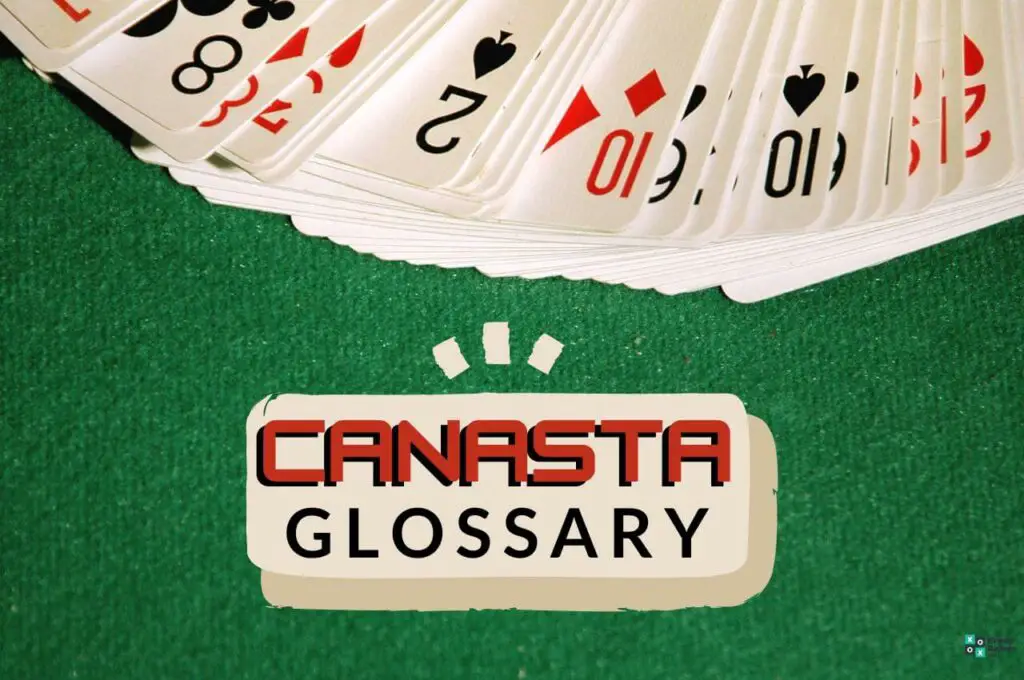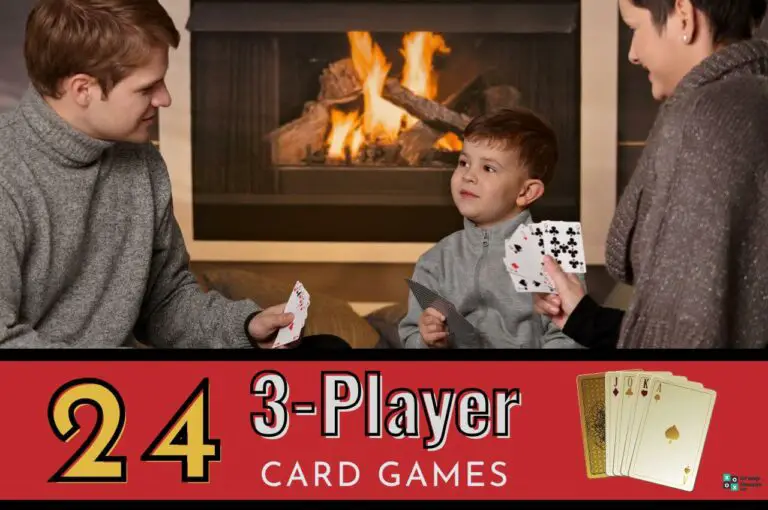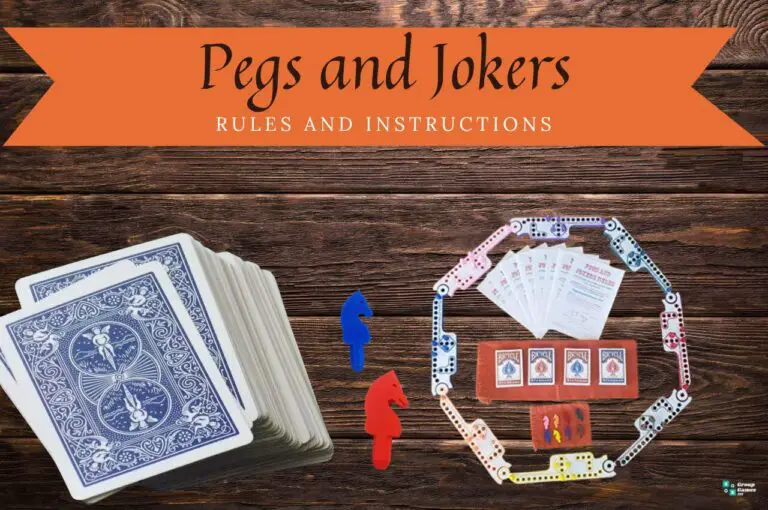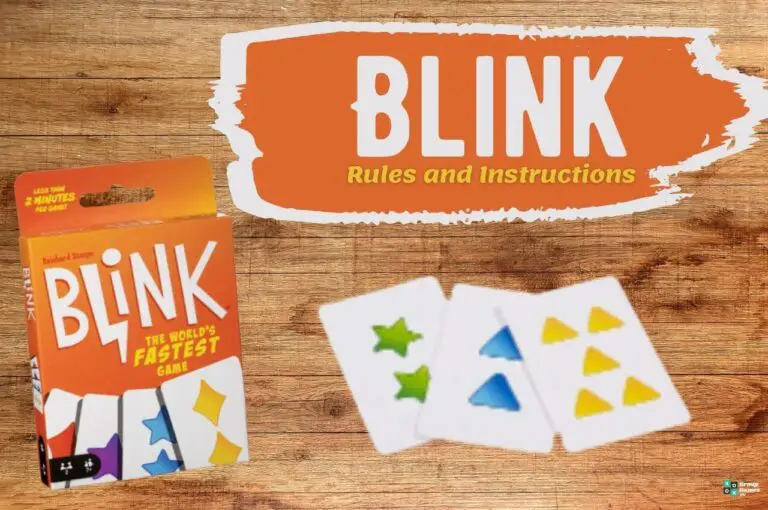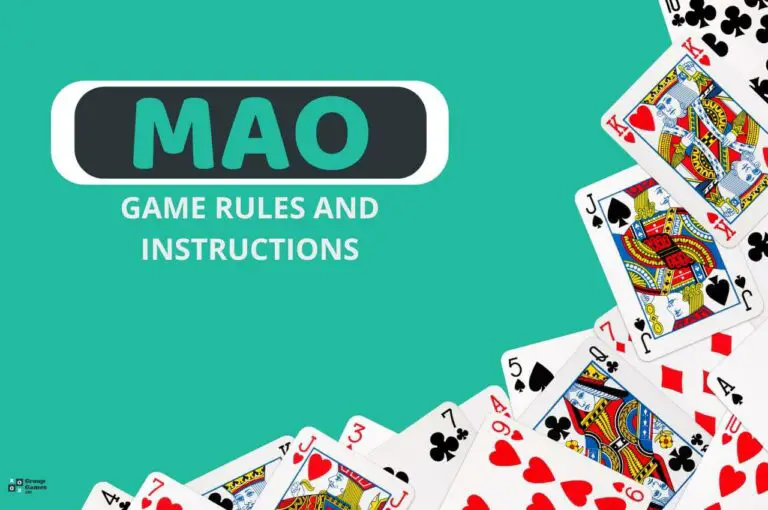Getting your head around all of the various Canasta terms you have to learn when you first start to play Canasta can seem like an impossible task.
That’s why we put together this comprehensive Canasta glossary.
Consider this your ultimate cheat sheet, featuring explanations of all terms in Canasta you’ll hear while learning the Canasta rules and playing your next game.
Related: Canasta FAQs
All Canasta Terms

Alliance
Also known as partnerships, an alliance is a team you form with another player to face another two-person team.
Base
A base consists of four cards of the same rank. You’ll need a base to help you make a canasta.
Base/Basic Count
Your base count is the total of your bonus scores, which are counted separately from the value of the cards in your meld.
Black Canasta
Also known as a “dirty canasta” or a “mixed canasta,” a black canasta is any Canasta that contains one or more wild cards.
Black Three
Black Three refers to the color of the card and its ranking. So a three of spades or a three of clubs would count as a black three.
These two cards are used differently from others and can only be added to a meld if you’re planning to end the round straight after your turn.
See our Canasta Rules guide for a full explanation of how this works.
Canasta
Canasta isn’t just the game’s name; it’s also the aim of the game. Your goal is to create a meld of 7 cards which is known as a Canasta.
Discard Pile
The pile of cards was discarded by all players throughout the game.
Draw Pile
The pile of cards left over once all the initial cards were dealt. Players can draw one card from this pile at the start of each turn.
Our Canasta Rules guide outlines how to create and use your draw pile.
Finisher
The player who is ready to go out and finish the round is known as the Finisher.
First Meld
Sometimes known as the “initial meld,” each team or player’s first meld needs to have a specific value. See our Canasta rules guide for a list of those values.
Frozen/Freezing
If the discard pile contains a wild card or a red three, it becomes frozen, meaning a player can’t take a natural card.
A discard pile can also become frozen if a team hasn’t yet melded.
The only way to thaw out the discard pile is to meld the top card with two natural cards.
Going Out
To Go Out in Canasta means to play all of your remaining cards and end the round.
Going Out Concealed / Unconcealed
If you go out on your first meld, this is known as Going Out Concealed and is worth 100 points.
If you go out after already playing one or more melds, this is known as going out unconcealed.
Hand Cards
Quite literally, the cards in your hand. These are separate from the cards in your melds, the discard pile, or the draw pile.
Meld
One of the most important Canasta terms to remember, a meld is a set of cards that are combined to create a certain point value according to the Canasta Rules.
Make a meld of seven cards, and you create a canasta.
Natural Card
Any card that isn’t a wild card.
Natural Canasta
A canasta that contains only natural cards and no wild cards.
You may also hear this referred to as a “red canasta” or a “clean canasta.”
Permission
When playing in a team, it’s customary to ask your teammate for permission before going out.
This is typically not up for debate and both players must agree on whether to close or out or not.
Playing Field
Often referred to simply as “The Field,” the playing field is the area of the table where your game takes place. It’s the area that contains the draw and discard piles and where you place your melds while playing them.
Red Three
The three of hearts and three of diamonds. Like the Black Three, these cards have significant importance to the game and are worth more points.
Again, our Canasta Rules guide explains how much they’re worth and how to use a red three.
Stop Card
A Black three or wild card is known as a Stop Card when placed in the discard pile. This is because doing so causes the discard pile to become frozen, ultimately stopping the next player from taking from that pile.
Round
Canasta is typically played over several rounds. The total scores from each round are tallied to determine the overall score of the game.
A round ends when a player decides they are going out.
Set
Multiple cards of the same rank form a set. A set of at least three cards can be used as a meld.
Wild Card
Jokers and all twos are classed as wild cards.
Wild cards can be used to freeze the discard pile. They can also serve as a substitute for other cards in a meld, providing that the meld doesn’t have more wild cards than natural cards.

